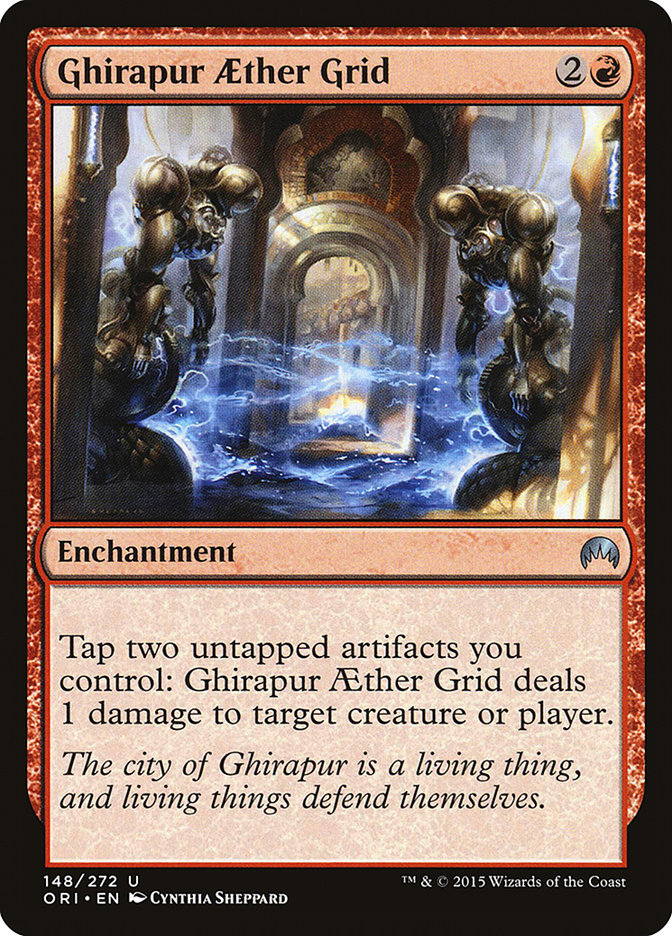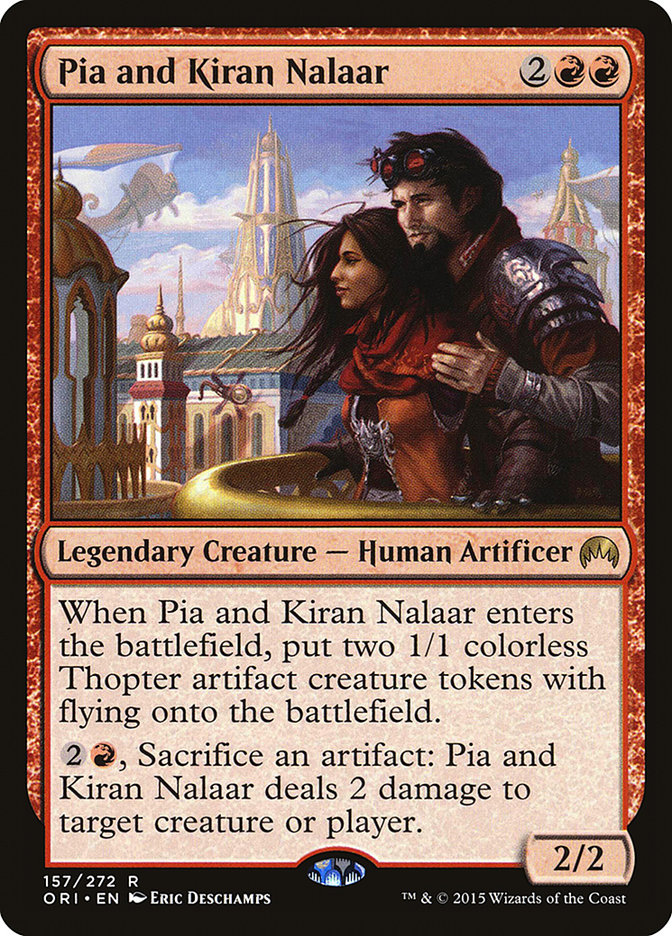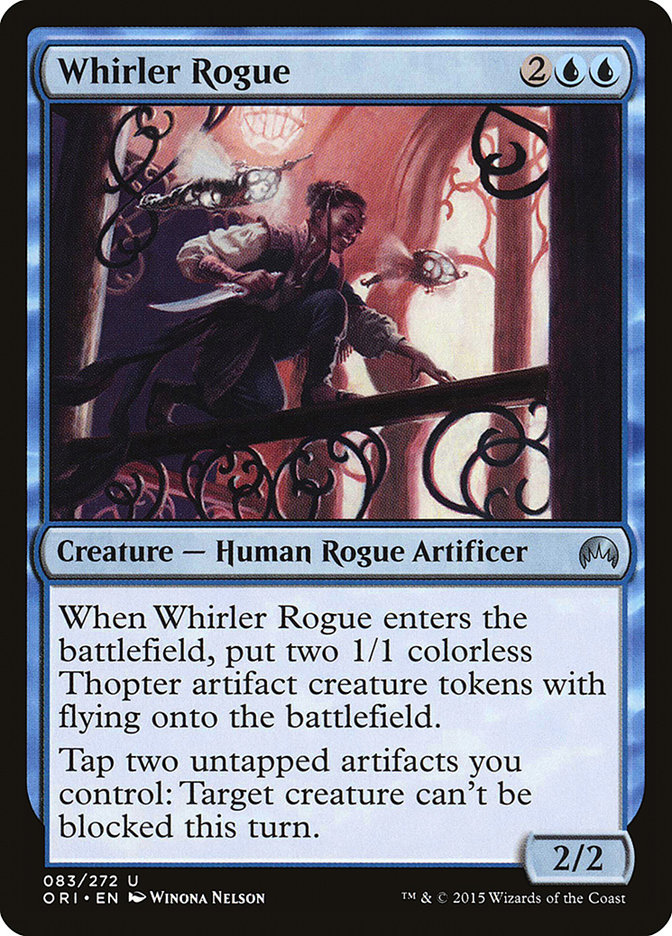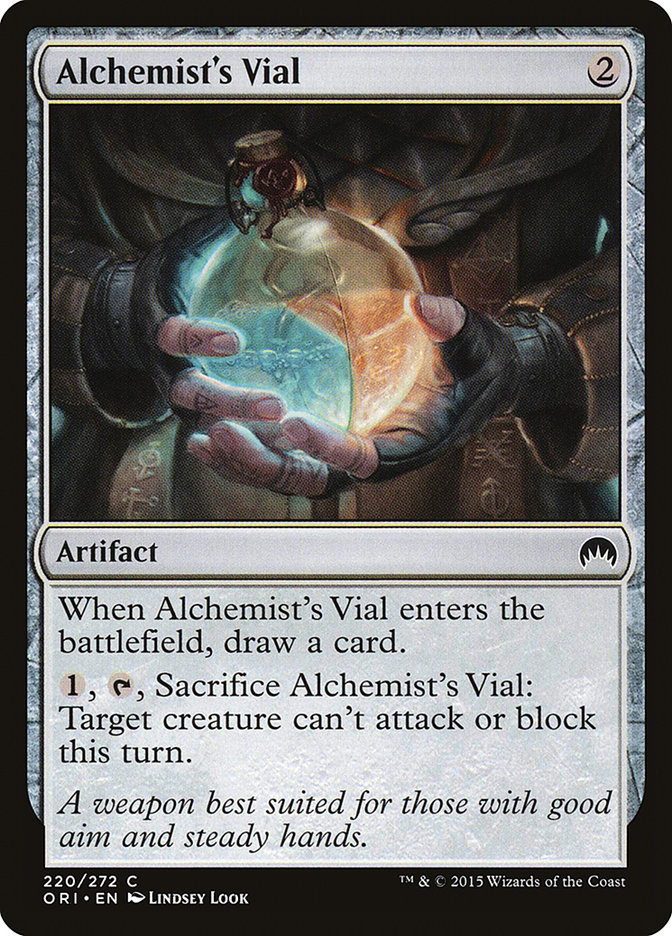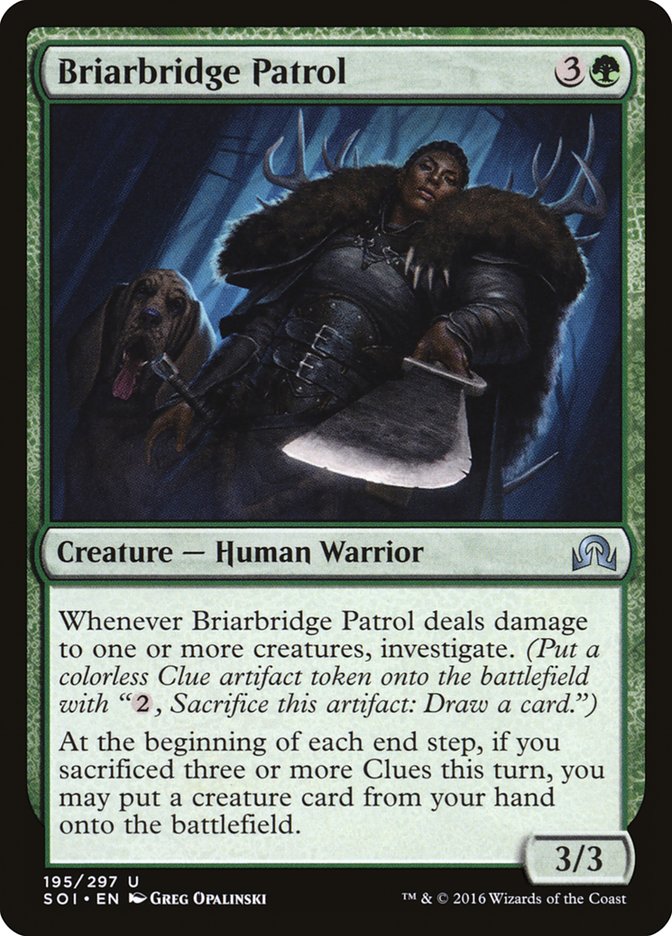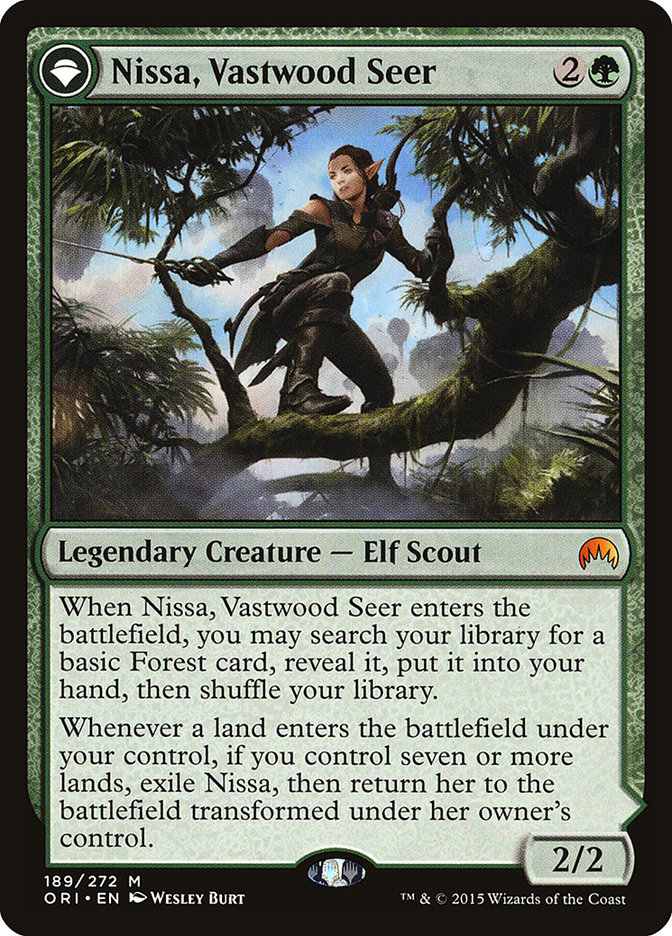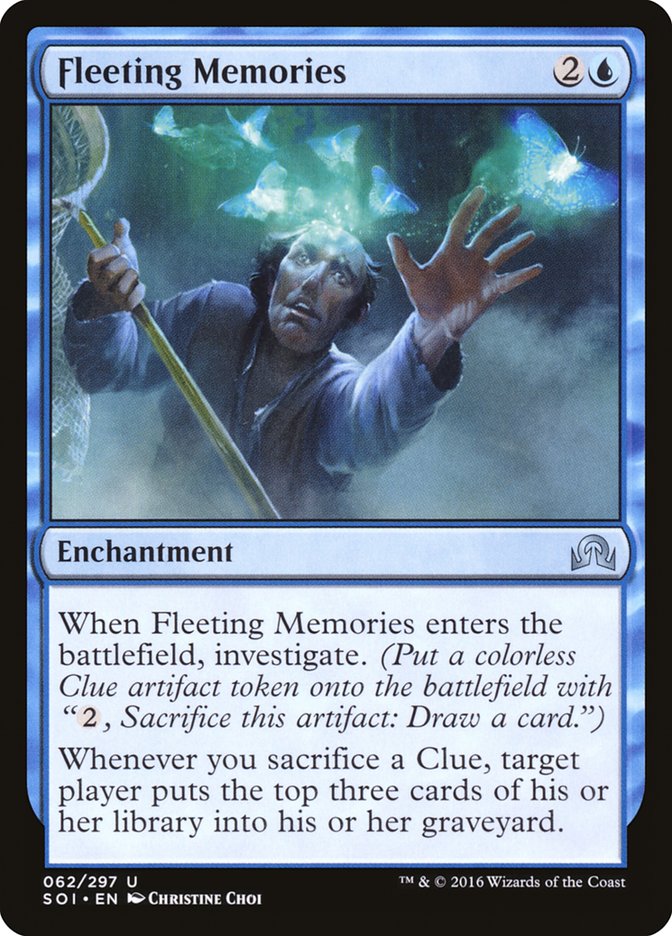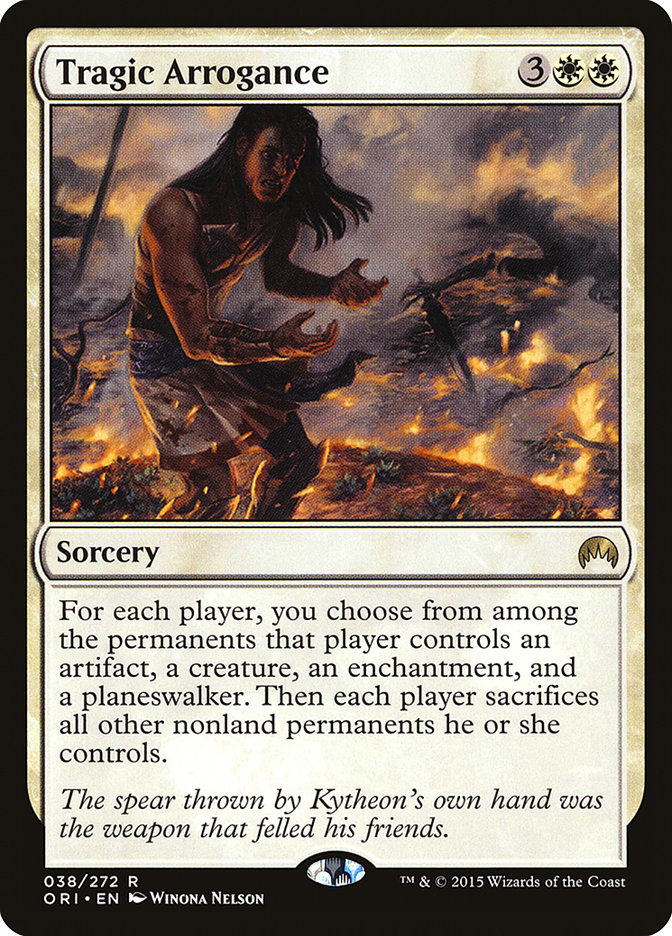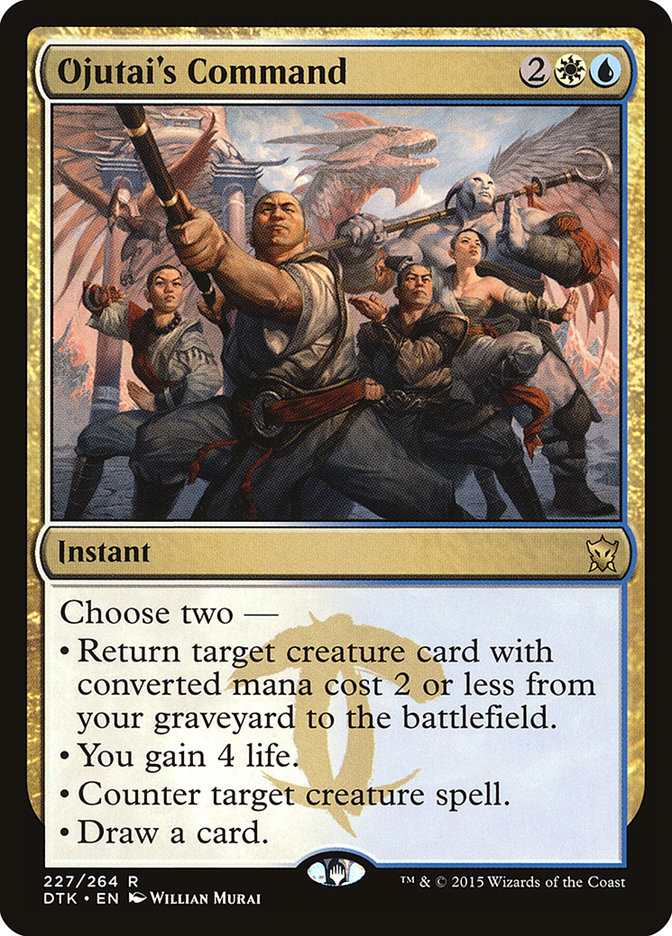I remember my graduation like it was yesterday. If you’ve passed on into adulthood, I’m sure you do, too. Rousing speeches about the potential that you and your class had heading out into the world. Rituals indicating your transition from one stage of life to the next. Parties filled with heartfelt goodbyes, complete with promises to stay in touch. Prying questions from concerned relatives (and sometimes parents) about what’s next for you.
My senior year of high school was all about the next step. I got senior-itis, checking out from the now and looking toward the future at the expense of the present. Well-meaning friends, parents of friends, and friends of parents were always asking, “What’re you doing next, Matt?” Most of the time, I’d give the stock answer. Go to college, pick up a summer job, become a psychologist, change the world. “Oh, that’s nice,” they’d coo, shielding me from the decades of real-life experience that would prove me wrong.
I could never have guessed where I’d end up. Sure, I did go to college. I did get a summer job, one that has since provided tons of great stories about how terrible it is to work in food service 98% of the time. I even graduated on-time with a degree in psychology.
I didn’t know that I wouldn’t meet my future wife in college; I already knew her. I didn’t know I’d fall in love with Magic in college, I didn’t know I’d end up writing for such a great community, and I didn’t know where my life would land after I graduated.
In short, I didn’t have a clue. Luckily for this year’s graduates, we have six.
Okay, they may not contain morsels of distilled, life-changing wisdom, but they do let you draw a card.
Investigate is a powerful Limited mechanic from Shadows over Innistrad, one that we’ve likely all enjoyed at one point or another. It provides a slightly slower card advantage, especially in the color least associated with card advantage: white. Although investigate is a fairly straightforward mechanic on the outside, there’s much more to be found if we look a little deeper. See? That Advanced Placement English literary analysis practice you had does matter in everyday life!
Clues have the potential to be dull, but they also can be a really exciting mechanic in their own respect. A good Clue deck, in my opinion, leverages the fact that they’re Clues over the card advantage they provide.
Let’s start with a deck that doesn’t even care that they’re Clues, but that they’re artifacts.
Ghirapur Aether Grid has already had a funny career; it’s unplayable in Limited, unrealistic to play in Standard, but an exceptional sideboard card for artifact-based decks in Modern, providing an effect they’re not really used to. Crackling Perimeter had a similar, Standard-only scenario when it was legal, providing a bit of reach with an otherwise inert resource.
Clues are artifacts, and you can produce them in large quantaties given the right setup. Finding the right balance of Clue production, removal, and payoff is the key to creating a good Clue deck. The Aether Grid seems like the right payoff, so let’s build the rest.
Creatures (23)
- 2 Pia and Kiran Nalaar
- 4 Hangarback Walker
- 2 Whirler Rogue
- 3 Reclusive Artificer
- 4 Thopter Engineer
- 4 Hedron Crawler
- 4 Tireless Tracker
Planeswalkers (4)
Lands (24)
Spells (9)
Sideboard

This deck has a thing for artifacts. Any card’s stock goes up if it cares about artifacts, so the deck is full of ways to produce, manipulate, or boost the card type. Hangarback Walker has seen a bit of a decline since the ubiquity of Reflector Mage and Declaration of Stone kept it under control, but it is still an excellent blocker, threat, or token producer at most every point in the game.
Hedron Crawler is normally a bad mana creature, proving irrelevant in combat and producing only colorless mana. However, because the deck cares about artifacts, it can have haste, be tapped for damage later, or be sacrificed to Pia and Kiran Nalaar to deal damage, even paying a third of its own sacrifice cost. Because mana creatures are not as prevelant as they once were, I also find them a great way to “hide” mana on the battlefield. People forget about them, play into your counterspell or removal, and then feel silly.
Thopter Engineer has seen a surprising amount of play, but it works very well, providing a nice blocker, a good static effect, and a hasty, evasive attacker. Whirler Rogue is too good for an uncommon, and it’s good enough in Limited to play in Standard, albeit it in a more restructed capacity.
The Reclusive Artificer is one I’m really excited about. In normal Magic, you might get two or three artifacts out before casting the Artificer. With Hedron Crawler, you can get aggressive, killing an X/1 and attacking on turn 3. If you have a number of Clues out, this can kill even the most powerful creatures, attacking if they lost their only blocker. Tireless Tracker represents the deck’s main reason to meander into green. Clue production is important, and the Tracker provides a seamless, low-impact way to do that. Once it’s sufficiently large, Whirler Rogue can send your huge Tracker through your enemy’s defenses.
Alchemist’s Vial is like a Clue you don’t have to crack. You pay two mana and draw a card, but then you’re left with a neat bonus: a Pacifism for one turn. It smooths out your draws without actually leaving you open, and it’s an artifact for all those effects that care. Confirm Suspicions is a five-mana counterspell, but there are still times where you’ll “get them,” filling your board with Clues.
Chandra, Flamecaller and Kiora, Master of the Depths are exceptional on their own, but they work well with this combination, too. Chandra can sweep the battlefield away, flattening my built Hangarback Walker while their field crumbles. Kiora, on the other hand, untaps that same Hangarback Walker or a Hedron Crawler to make another great play. Searching for more gas is great, too, and an army of Thopters can also protect her to get into ultimate range.
Second Harvest, admittedly, is just cute. If you cast this with considerable effect, you’ve probably already won.
I tested this deck quite a while ago and was relatively pleased with how well it played from a consistency perspective. It left a bit to be desired in the power department, and the gameplan was often more about getting a whole lot of Thopters out instead of pinging them to death with Ghirapur Aether Grid. It was a really difficult win condition to beat against a slower deck, especially when you consider how easy it is to sneak the Grid in early.
Aggressive decks proved a bit of an issue, but the result was largely draw-dependent on both sides. A good hand from this deck couldn’t beat a good hand from an aggro deck, but an average hand from this deck could beat a poor aggro hand. The list above reflects adjustments, and there’s a lot of small, fun interactions, even some that I probably missed in testing. If I were still in school, I’d give it a B+.
Clues are most often sacrificed to draw cards, but they are permanents that can be sacrificed for many reasons that don’t include drawing a card.
Tamiyo’s Journal is one of the better Clue payoff cards, converting what would otherwise be a six-mana Concentrate into actual Demonic Tutor for no additional mana. The Journal goes along with other Clue cards very well, but if you’re in a dearth of action, it produces some itself.
I think the designer of this card had literally just looked at Tamiyo’s Journal when he or she invented the concept of Briarbridge Patrol, or maybe the other way around. They are so well-matched to each other it’s impossible to believe there wasn’t a consideration for this interaction, so let’s use it!
Green has plenty of Clue producers and ways to leverage these little artifacts, and although I drafted up different versions of this deck, I discovered it didn’t really need another color to legitimize it.
Creatures (19)
- 2 Nissa, Vastwood Seer
- 4 Hangarback Walker
- 1 Ulamog, the Ceaseless Hunger
- 4 Jaddi Offshoot
- 1 World Breaker
- 2 Reality Smasher
- 1 Briarbridge Patrol
- 4 Tireless Tracker
Lands (21)
Spells (20)
- 4 Ruin in Their Wake
- 3 Pulse of Murasa
- 2 Tamiyo's Journal
- 4 Traverse the Ulvenwald
- 3 Vessel of Nascency
- 4 Confront the Unknown
Sideboard

We have a focused, tailored deck that produces enough Clues to make Tamiyo’s Journal happy with enough targets to find to make it deadly. The big callouts here are the Eldrazi. Briarbridge Patrol does not let you cast the creature for free; it just lets you put it onto the battlefield. This means you’re not getting the benefit of their awesome cast triggers, but thankfully, they’re all enormous anyway. Ulamog, the Ceaseless Hunger can end the game in just a couple of attacks, regardless of blockers. World Breaker can block the mightiest Dragon; even if it’s in the graveyard, you can crack a land to get it back in time for Briarbridge Patrol’s trigger.
Tireless Tracker and Jaddi Offshoot love the Evolving Wilds and ramp spells, making sure life stays high enough and Clue counts heavy enough to accomplish our goals. Hangarback Walker is a good threat, plus it enables delirium for Traverse the Ulvenwald in this particular shell. Nissa, Vastwood Seer is never bad with lots of ramp and Forests, and here, the landfall her +1 produces helps Tireless Tracker.
The spell suite is a little more direct, with land search and ramp to keep the land count down. Confront the Unknown is probably the biggest boost, providing a potentially powerful combination of efficiency, card advantage, and overall power level. This can be better than Become Immense in terms of all three, given the right battlefield. Vessel of Nascency can help us find Tamiyo’s Journal or most of our other spells while filling the graveyard for delirium. Pulse of Murasa is a great card in most three-color green builds, so it’s awesome to still have access to it in one color.
In practice, this deck had the same awesome consistency of the Temur Clue deck but was very slow and somewhat unreliable in closing the deal. It was sturdy on defense but struggled from being just one color. I’m not sure what that other color should have been, but as is, it didn’t apply enough pressure to be relevant in most games. It did very well against sweeper-style decks, as I could usually produce one threat, just not multiple.
It was really fun to play, though, so I think that a bit of optimization is in the curriculum before we move on.
Creatures (19)
- 2 Nissa, Vastwood Seer
- 1 Ulamog, the Ceaseless Hunger
- 1 World Breaker
- 4 Reality Smasher
- 1 Thought-Knot Seer
- 4 Matter Reshaper
- 2 Briarbridge Patrol
- 4 Tireless Tracker
Lands (22)
Spells (19)
- 4 Ruin in Their Wake
- 2 Pulse of Murasa
- 1 Tamiyo's Journal
- 4 Traverse the Ulvenwald
- 4 Vessel of Nascency
- 4 Confront the Unknown
Sideboard

More Eldrazi, more mayhem!
Don’t have a bunch of high-dollar cards lying around? College is more expensive than you think; if you don’t have extra cash on hand, you can still get a Clue.
Mill cards lately have tended towards a theme more than just raw power, e.g. Glimpse the Unthinkable. You get cards like Sphinx’s Tutelage, Talent of the Telepath, or even the older Hedron Crab. This makes mill a bit more dynamic, something I’m always in favor of.
Fleeting Memories cantrips, which is already a start, and it can get the ball rolling on the mill plan all on its own. Add in more Clues and, well, it’s still not that interesting. How can we really ramp up the power of sacrificing Clues while also protecting ourselves, all on the cheap?
That’s a lot of text for what’s basically a sweeper in most instances, but here’s the critical part. Once you’ve selected the permanents each player will keep, they sacrifice the rest. Wait, Fleeting Memories cares only that Clues are sacrificed and not necessarily how that occurs! I can play other artifacts, keep the artifacts I cast, and sacrifice the Clues for a huge chunk of mill all at once. The opponent will never see it coming!
Creatures (8)
Lands (25)
Spells (27)
- 2 Ojutai's Command
- 4 Anticipate
- 3 Tragic Arrogance
- 3 Immolating Glare
- 1 Tamiyo's Journal
- 3 Magnifying Glass
- 3 Confirm Suspicions
- 4 Expose Evil
- 4 Fleeting Memories
Sideboard

This deck is efficient on mill power and your wallet! The deck explains itself a little better than some others, but you’re looking to survive long enough to draw Tragic Arrogance, sweeping the battlefield away. Because you’ll be sacrificing permanents that you don’t usually sacrifice, like artifacts and enchantments, delirium is a little easier to hit for Manic Scribe, making it a reasonable early blocker and late-game finisher.
Ojutai’s Command gives the deck a much-needed life boost under fire, and if you decide to return a creature, the two playsets of creatures are eligible for return. Magnifying Glass makes its own Clues, albeit at a far worse rate than Tamiyo’s Journal, but it also closes the three-mana to five-mana gap. Anticipate helps us get our turn 3 Fleeting Memories online or grabs a land, removal spell, or blocker just in time. Immolating Glare, while a bit off-theme, is a surprisingly powerful removal spell when we’re literally never on offense.
This deck was not nearly as smooth as the other two lists, but it was more powerful in many ways. Tragic Arrogance worked beautifully, whether I needed it to blow away their team or whether it was time to go with a mass sacrifice of Clues. It’s important to note that, if you have two Fleeting Memories out when you cast Tragic Arrogance, the extra Fleeting Memories you sacrifice will “see” all the Clues being sacrificed as well, just as Kalitas, Traitor of Ghet will put Zombies onto the battlefield if you Languish it and creatures on both sides die. This combination is brutal and is far more efficient than paying mana to draw a card and mill them.
As is, the deck costs a fraction of most Standard decks and is fairly optimized, meaning that most cards are, at least for the purposes of the theme, the most appropriate for their slot. You can get Port Towns if you want to, but it’s really not necessary. I like lots of untapped basics in this deck.
No matter what your summer or the life in front of you holds, you can always get a Clue in Magic. There are many more ways to leverage Clues than the ones I covered here. What’s been your favorite way to get a Clue?








